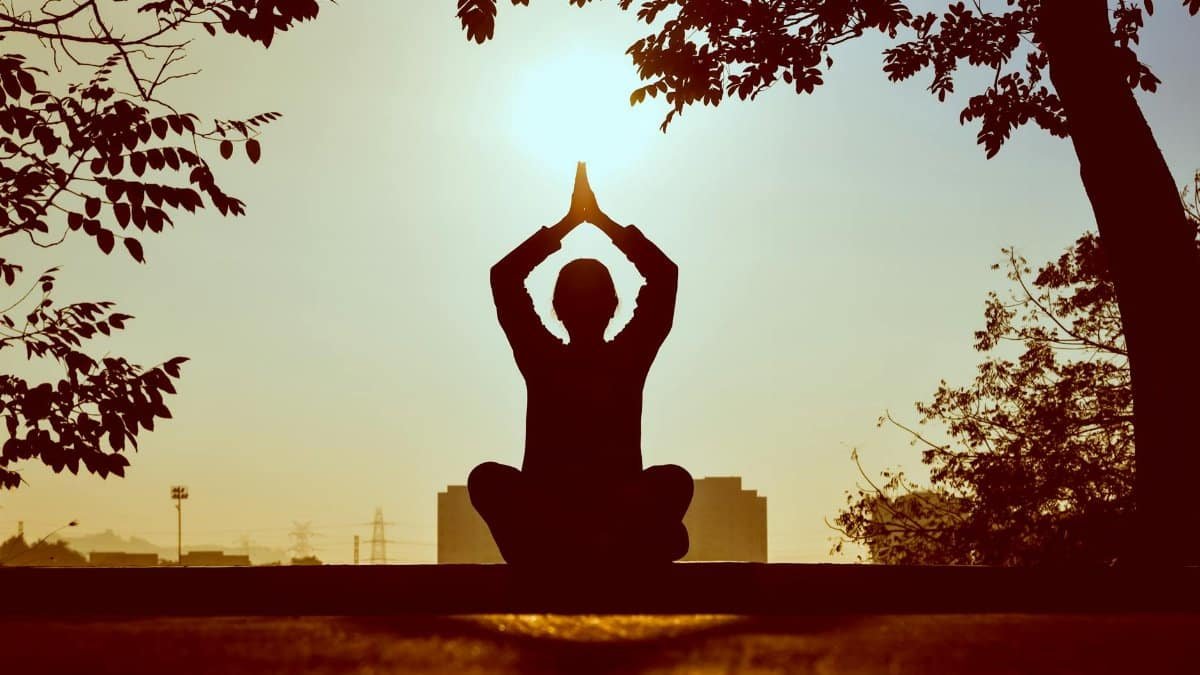Unlocking Inner Calm

In a world buzzing with constant noise, emotions peace emerges as a quiet revolution. Is emotions peace truly the key to navigating life’s chaos? New studies suggest yes, showing that tuning into silent reflection can reduce stress by up to 30 percent. For many Americans, this practice is transforming how they handle daily pressures, from work deadlines to family tensions. It’s not about suppressing feelings but embracing them in stillness. As one expert puts it, silence lets emotions speak without words interfering.
The Science Behind Silence

Researchers have long explored how quiet moments foster emotional balance. A landmark study from Harvard University found that mindfulness practices, which often involve silence, lower cortisol levels and improve mood regulation. Participants who spent just 10 minutes in quiet reflection daily reported feeling more at peace with their emotions. This isn’t fluff; it’s backed by brain scans showing reduced activity in the amygdala, the fear center. In 2025, with rising mental health concerns, such findings are gaining traction among U.S. therapists.
For more details, check out the Harvard Health Publishing on mindfulness and brain changes.
Emotions as Hidden Messengers

Every feeling carries a lesson, but noise drowns them out. Emotions peace teaches us to listen without judgment. Anger might signal unmet needs, while sadness could point to necessary change. By sitting in silence, people uncover these insights. Take Sarah Thompson, a New York teacher who used this approach after a tough breakup. She discovered her anxiety stemmed from self-doubt, not just the loss. Now, she credits silence for her renewed confidence.
Building Relationships Through Quiet

In relationships, words often escalate conflicts. Silence, however, creates space for understanding. Couples practicing emotions peace report fewer arguments and deeper connections. A survey by the American Psychological Association revealed that partners who incorporate silent reflection into their routines feel more empathetic. This year, apps and workshops promoting silent communication are booming in cities like Los Angeles and Chicago, helping heal bonds strained by modern life’s pace.
Overcoming Common Barriers

Not everyone finds silence easy. Distractions from phones and busy schedules pose real challenges. Start small: set aside five minutes without interruptions. Experts advise creating a dedicated quiet spot at home. For those with racing thoughts, guided audio can ease the transition, but the goal is unfiltered stillness. Persistence pays off, as repeated practice rewires the brain for better emotional resilience.
Real-Life Applications in Daily Life

Apply emotions peace at work by pausing before responding to emails. Parents use it to manage frustration with kids, leading to calmer households. Athletes incorporate silent visualization to handle performance anxiety. In 2025, corporate wellness programs are integrating these techniques, with companies like Google offering quiet rooms. The result? Employees report higher productivity and lower burnout rates.
The Role of Mindfulness Practices

Mindfulness is the bridge to emotions peace. Techniques like deep breathing or body scans quiet the mind, allowing emotions to surface naturally. A report from the National Institutes of Health highlights how these methods combat anxiety disorders. Regular practitioners experience sustained peace, even amid turmoil. It’s accessible to all, requiring no special tools, just commitment.
Explore the National Institute of Mental Health page on anxiety disorders and mindfulness for in-depth insights.
Potential Pitfalls to Watch

Silence isn’t a cure-all. Some may confront overwhelming emotions, stirring discomfort. Therapists warn against forcing it without support, especially for those with trauma. Balance is key; combine silence with professional help if needed. Misusing it as avoidance can backfire, so approach with intention. Awareness of these risks ensures a safer path to emotional harmony.
Stories of Transformation

Across the U.S., individuals share powerful changes. Mike Rivera, a veteran from Texas, found peace after years of PTSD through silent retreats. His story echoes thousands who turn to this method post-pandemic. Communities in places like Seattle host group silence sessions, fostering collective healing. These anecdotes underscore silence’s universal appeal in restoring emotional equilibrium.
Looking Ahead: Sustaining the Practice

To maintain emotions peace, integrate it into routines. Track progress in a journal, noting emotional shifts. As 2025 unfolds, expect more research validating its benefits, potentially influencing public health policies. Whether through apps or local classes, resources abound. The takeaway? Silence isn’t empty; it’s full of wisdom words can’t convey.
